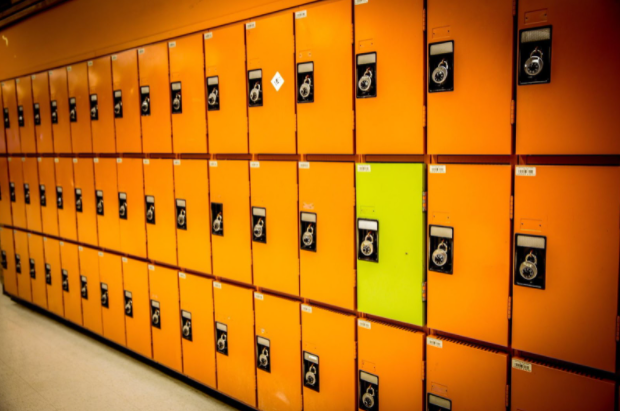New bank locker rules issued by the RBI that came into effect on January 1, 2022, could impact you if you already have a bank locker or if you want to rent a new locker. These guidelines are Consumer-friendly and meant to take care of customer grievances as well as other concerns raised by banks.
- For existing locker holders, a new agreement must be made by January 1,2023: A new agreement must be signed with all existing locker holders with all the new guidelines and rules. The bank will reach out to the customers in a year or two to sign a new contract. A draft copy will be framed by Indian Baking Association. The agreement shall be in conformity with the revised instructions and directions of the Supreme Court. Locker agreements should be free from all the unfair terms and conditions. It is the duty of the bank to ensure that the contract shall not be more onerous than required in ordinary of business to safeguard the bank’s interest. A copy of the locker agreement in duplicate shall be signed by both the parties on a paper duly stamped. It shall be provided to the holder of the locker so that he/she knows his/her rights and liabilities. Original agreement shall remain with the bank’s branch where the locker is situated.
- You will get an alert via an SMS or Email whenever you access the locker: To prevent unauthorized access, the customer will get an email and SMS notification on the day of access. The alerts will be sent to the registered email ID and mobile number before the end of the day with details of date and time of access.
- Facility of CCTV footage: Banks shall have to install CCTV to keep a track of all entries and exits in the common areas and doors with last 180 days (about 6 months) back up storage. To prevent unauthorized entry the banks shall install Access Control System. This will help to maintain digital records of access to locker room with time log. If a customer complains about any unauthorized access being made without his/her permission, or any theft or security breach then the bank shall preserve the recording till the police investigation is over and the matter is solved.
- Compensation of 100 times the locker rent: If due to negligence or irresponsible behavior on the part of bank results into loss of lockers’ content, then the bank shall be liable to pay 100 times of locker rent as compensation. The bank is responsible for the safety and security of the premises where the safe deposit vaults are housed so that mishaps like theft/robbery/burglary, dacoit, fire, collapse of the building etc. do not occur. If the loss of contents happens because of any of such incidents including a fraud committed by the bank’s employee, the bank will be liable to pay 100 times the prevailing annual rent of the locker.
- Banks can charge 3 years of rent as term deposits: By collecting 3 years of rent along with charges of breaking the locker from the customers, the banks shall be able to protect themselves from non-payment of rent in cases where the holder is not reachable. There are chances that the locker hirer fails to pay rent and does not operate it. To provide against such situations the banks are allowed to obtain a term deposit equivalent to three years rent plus charges for breaking open the locker in that case. Banks should not insist on such term deposits from the existing locker holders who have a good operating history. If a locker is permitted on the condition of a term deposit more than the required limits it shall be considered as a restrictive practice.
- Waitlist numbers and vacant locker list to be displayed: Each locker application must be duly acknowledged. A waitlist number too needs to be given to the customer if the lockers are not available for allotment. This number must be displayed in banks along with the number of vacant lockers. This is to ensure transparency that customers get to know about the locker availability. The list must be made branch wise, and it should also appear in the Core Banking System or any other computer system compliant with Cyber Security Framework issued by RBI.
- Closure and discharge of locker items: The breaking open of the locker in a prescribed manner takes place other than the normal access by the customer using his/her password in the following circumstances-
-If the hirer loses the key and requests for breaking open the locker at his/her cost.
-If the Government enforcement agencies have approached the bank with orders from the court or appropriate competent authority to seize lockers and requested for access to the lockers.
-If the bank is of the view that there is a need to take back the locker as the locker hirer is not cooperating or not complying with the terms and conditions of the agreement.
-The banks must follow a clear Board Standard Operating Procedure for breaking open the lockers for all situations keeping in view the relevant legal and contractual provisions.
There are a few other guidelines in the notification issued by the RBI, you can find them on RBI’s website.
